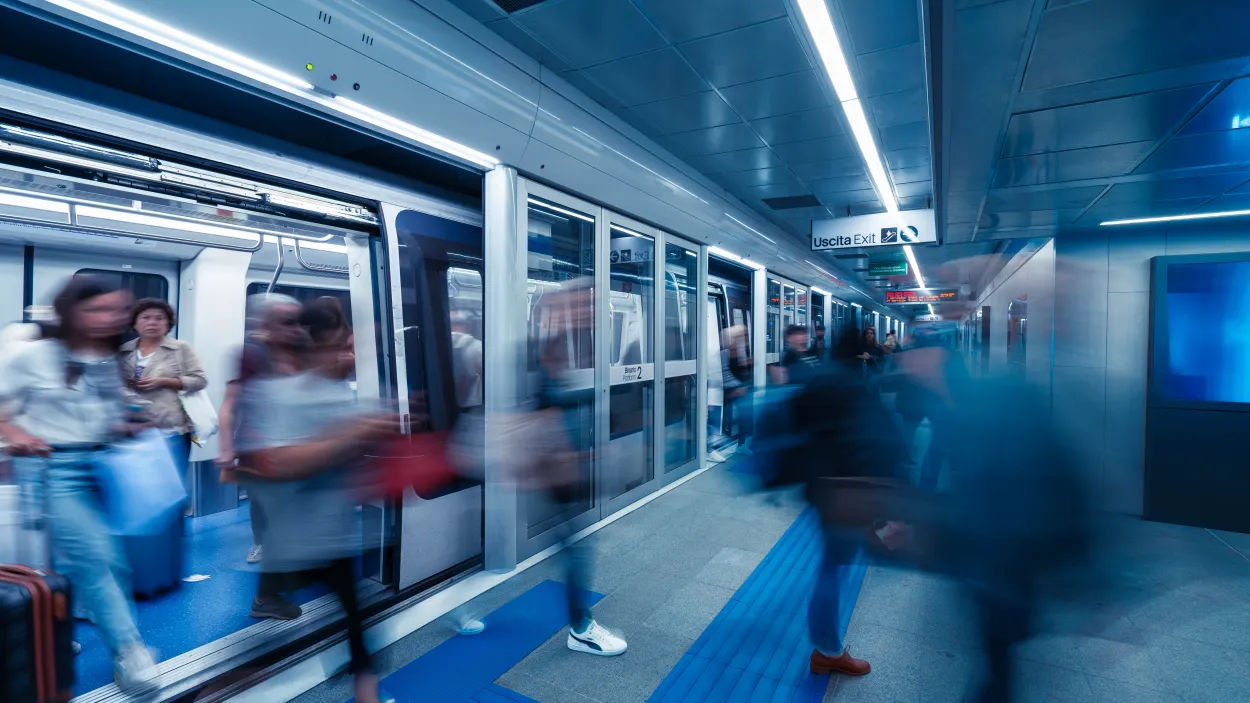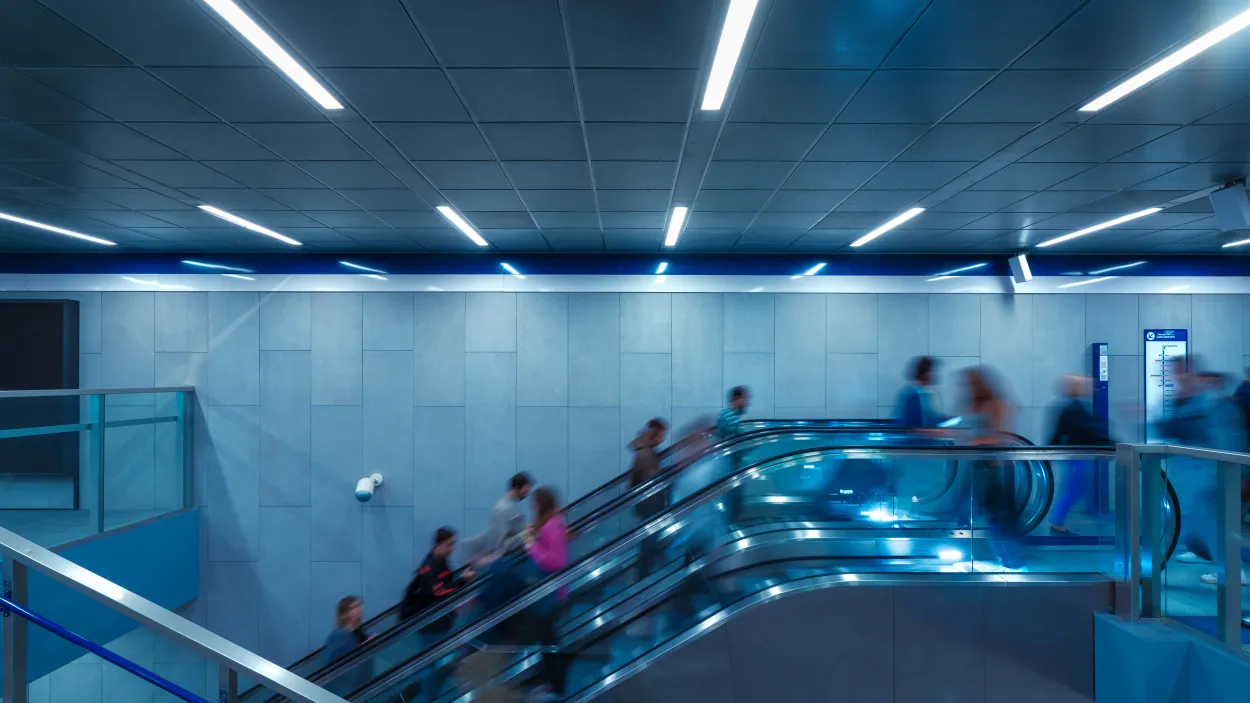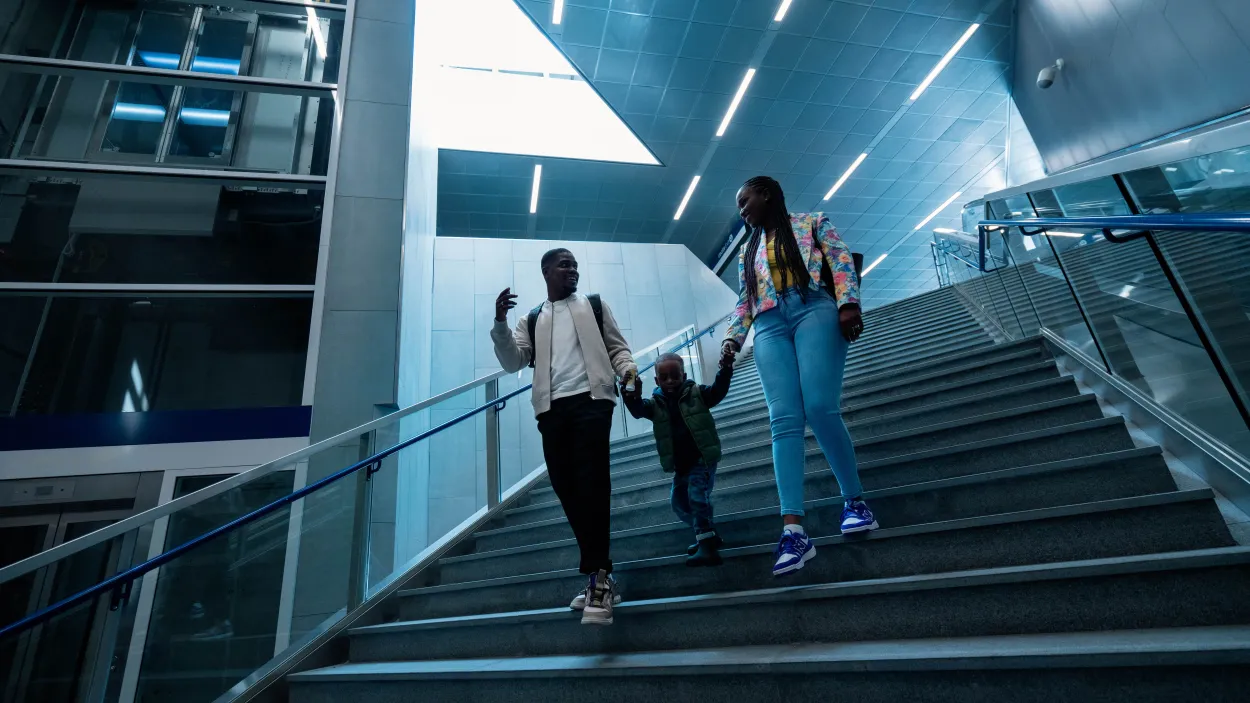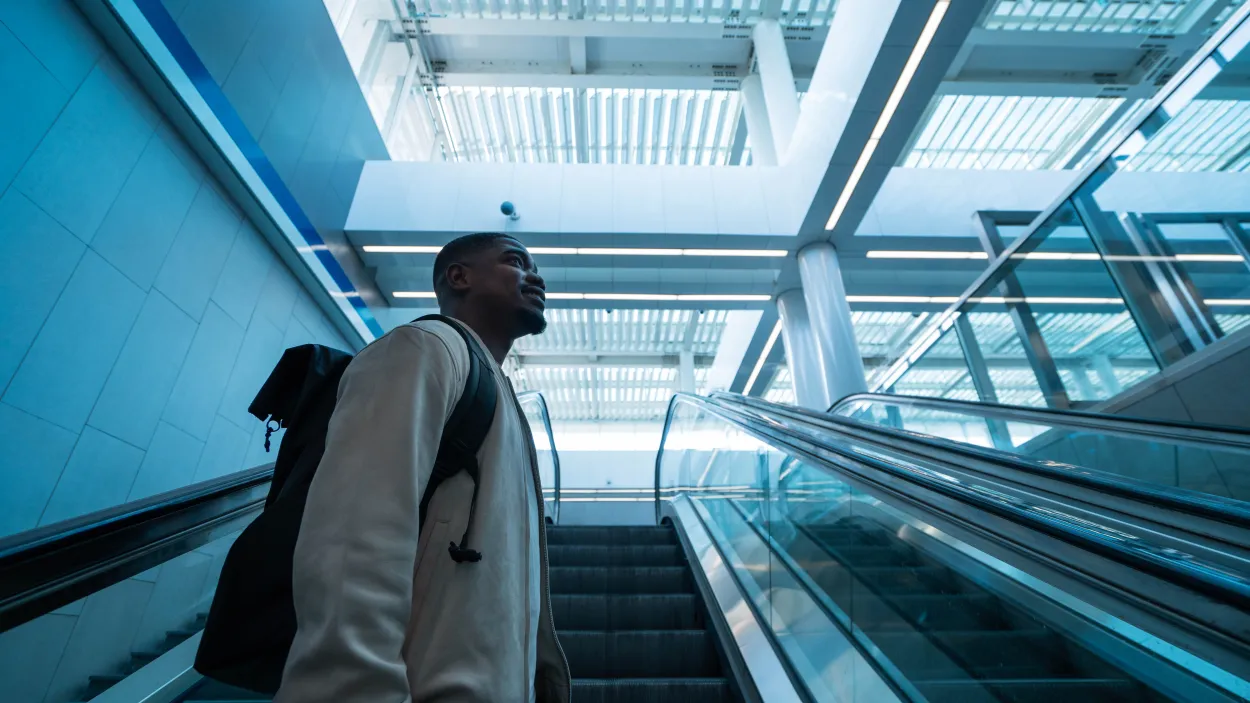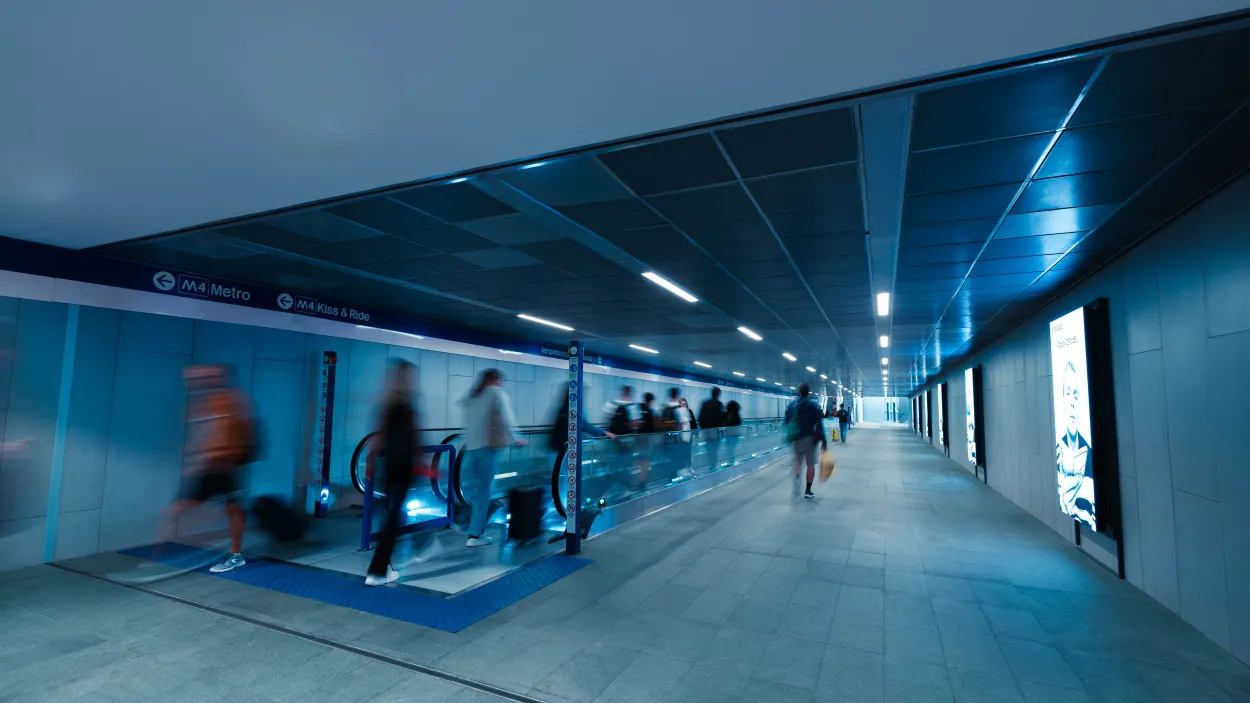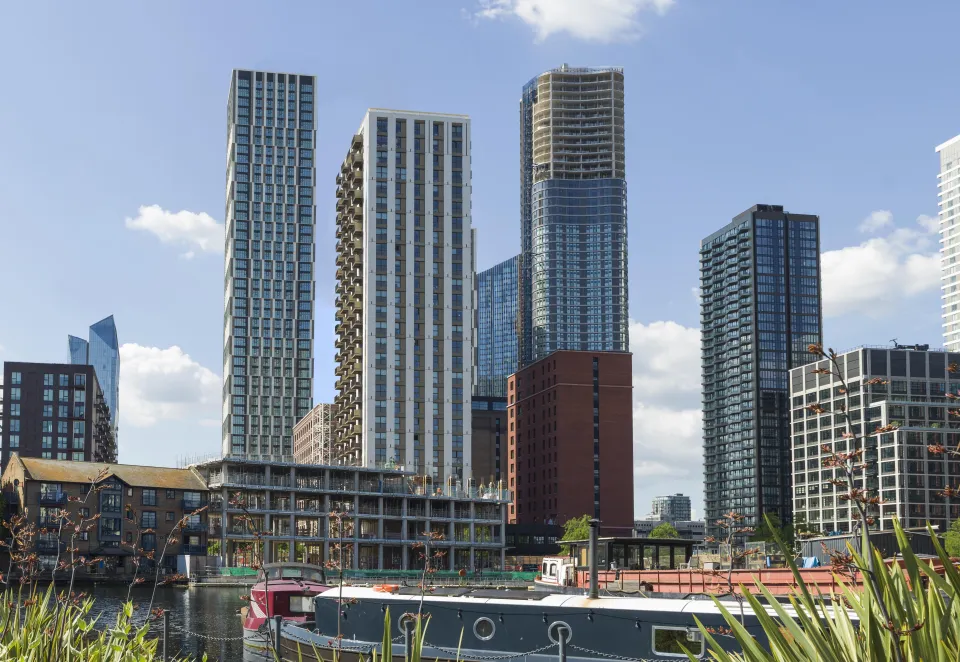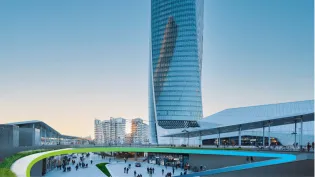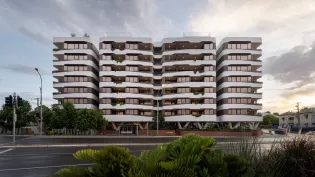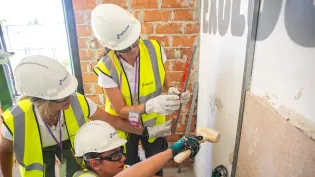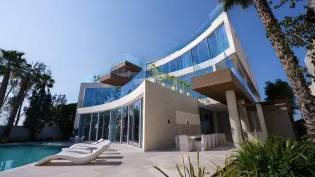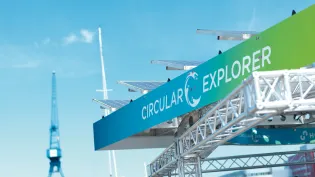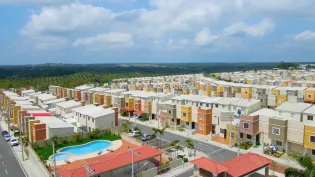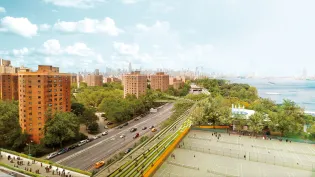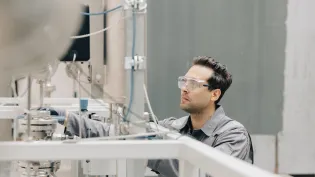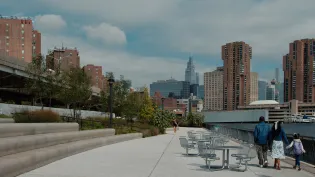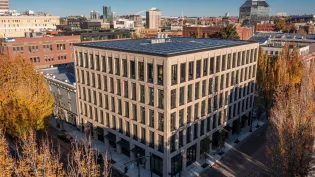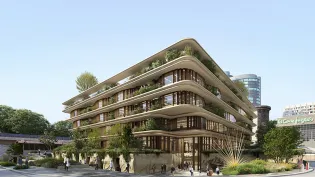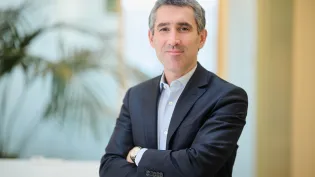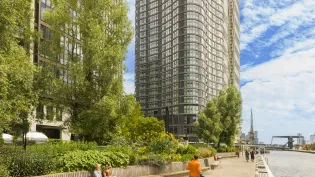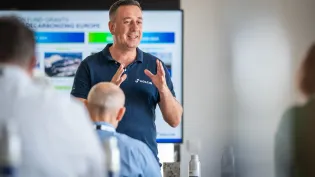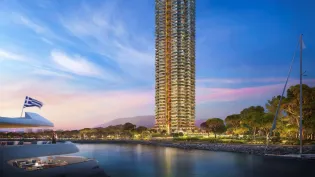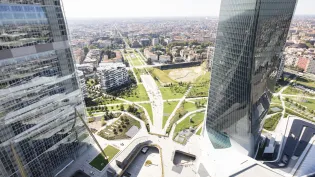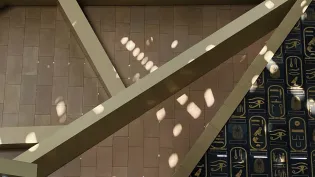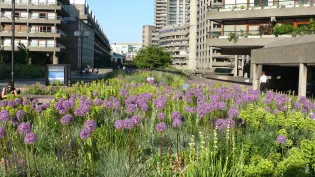Milan chooses Holcim’s low-carbon circular concrete for Metro expansion
The transportation sector alone accounts for approximately one quarter of greenhouse gas emissions worldwide. Transitioning to environmentally friendly mobility solutions is, therefore, an urgent necessity for a net-zero future.
In Milan, Italy’s second biggest city, the authorities are building new metro lines in the most sustainable way possible, choosing Holcim’s range of low-carbon and circular solutions.
In July 2023, Milan opened San Babila, the next station of the M4 new metro line, connecting the east and west parts of the city in under 30 minutes.
For this project, Holcim supplied concrete made with low-carbon pozzolanic cement and half a million tons of excavation materials sourced onsite from the same project. This combination saved the infrastructure at least 30% CO2 emissions while significantly reducing the amount of virgin aggregates needed.
Once completed, the M4 (“blue”) line alone will be able to transport over 85 million people, avoid more than 60 million car journeys, and reduce CO2 emissions by up to 75,000 tons each year, according to WeBuild, the construction company.
At least 30% CO2 emissions saved
Half a million tons of excavation material reused in concrete production
180,000 car journeys per day avoided
Low-carbon concrete for low-carbon transport
Over the first six years of this project, Holcim supplied approximately 400,000 m3 of structural and sustainable concrete made with pozzolanic cement. Pozzolanic cement offers a lower carbon footprint than Ordinary Portland Cement with no compromise on performance. By using this type of cement, currently part of Holcim’s ECOPact range, the M4 Metro line saved at least 30% of CO2 emissions.
Circular construction in action
The construction process of the M4 line aligns with the principles of the circular economy. Materials resulting from the excavation of the underground stations were used to replace the aggregates necessary for concrete production.
For this stage of the construction, Holcim recovered and reused about 500,000 tons of aggregate from the excavation process. This satisfied the customer's needs, saved natural resources, and closed the material life cycle.
Contributing to green mobility
Upon completion, this new metro line will reach a total length of 15 kilometers and boast 21 stations. It will cross the historic city center in just 29 minutes, linking the east and western areas of Milan, and making sustainable travel a more attractive option for residents and tourists alike. Reduced vehicle traffic will also improve air quality throughout the city.
The M4 is contributing to city life both underground and overground. Beautiful surface areas have also been opened right next to the stations, including a football pitch, a park and a cycle path.
We are proud to contribute so actively to making Milan a greener city, helping to build infrastructure that facilitates connections between people and places, and reducing emissions and the use of natural resources. This is the purpose of our strategy in action.
Working on a project of this caliber was a major challenge, but it is also an incredible source of pride for myself and the whole company. The M4 will transform Milan’s urban transport, reduce vehicle traffic in the historic center and support the city’s sustainability plan.






